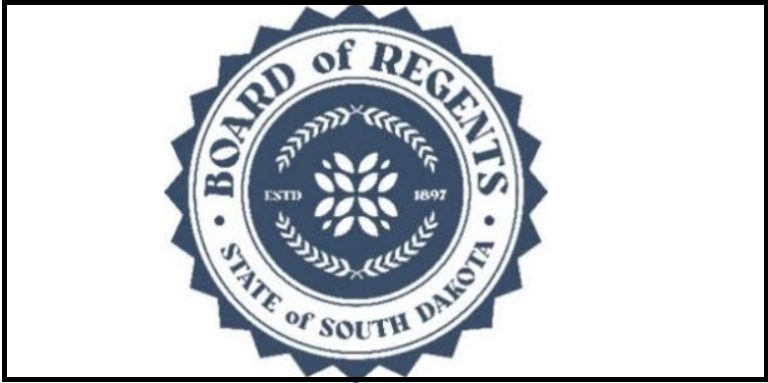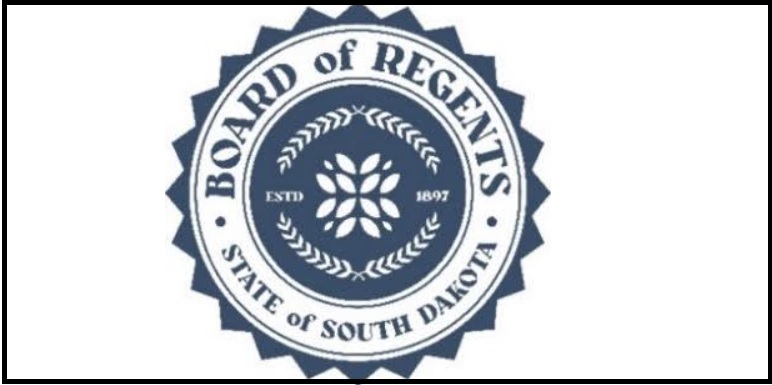PIERRE, SD – Concern over the future of the teaching profession in South Dakota has led to more aggressive efforts by education officials to train and inspire a new generation of classroom leaders, with particular emphasis on elementary school classrooms.
The push comes as kindergarten through 12th grade teacher shortages worsen across the state, a trend driven by below-average salaries and dissatisfaction in the teaching ranks following the difficulties of the COVID-19 pandemic and the recent politicization of social studies standards and crackdown on so-called “inherently divisive” or race-based curricula under Gov. Kristi Noem.
Noem proposed a 5% increase in state aid to education for the 2024 fiscal year as part of her $7.2 billion budget plan, on the heels of a 6% increase in 2023.
That would put $24 million in new money into public schools for the 2023-24 school year, 44% less than the nearly $43 million allocated in the 2022-23 school year, according to the Associated School Boards of South Dakota. School districts can determine how much to allocate for salaries, but the money is also needed for expenses such as utility costs, food services, transportation, technology and extracurricular activities.
State Rep. Linda Duba, D-Sioux Falls, who serves on the House Appropriations Committee, told News Watch that she plans to work with fellow legislators to push for more education funding in the 2024 budget to help recruit and retain teachers and meet the demands of inflation. The former teacher expressed concern for the profession amid the current political and cultural climate in South Dakota.
“An element of trust and respect has been lost,” Duba said. “There are a lot of like-minded folks who understand what undervaluing teachers and setting low-budget targets has done to state education over the last four or five years. The chickens have come home to roost.”
There were 176 statewide teacher openings at the end of December 2022, compared to 111 at the end of December 2021, a result of teacher retirements but also a rise in K-12 enrollment in South Dakota from 128,000 to 141,000 students over the past decade. The current openings include 36 in special education and 34 in elementary education.
The state’s largest school district, Sioux Falls, had 25 open teaching positions in June 2022, according to Assistant Superintendent Jamie Nold, and administrators are still working to fill several positions for the second semester, which begins Jan. 17.
“We’re getting calls from schools looking for teachers in the middle of the year,” said Amy Schweinle, dean of the University of South Dakota School of Education. “That hasn’t really happened in years past. These are unprecedented times, and it seems like elementary education is one of the biggest needs.”
Administrators say chronic vacancies can erode the educational experience due to schools having to combine classrooms (increasing student-to-teacher ratio) or hire less-qualified applicants to fill positions. Sioux Falls has dealt with some classroom openings by hiring long-term substitute teachers or bringing back retired teachers to fill the void, Nold said. If the current teacher workforce and student population trends hold true, the student-to-teacher ratio could rise to 20:1 by 2025, above the target ratio of 14:1 in South Dakota.
While learning loss from pandemic-related remote classes and teacher shortages is still being assessed for statewide trends, the congressionally mandated National Assessment of Educational Progress sheds some light on the problem. According to the NAEP’s Nation’s Report Card, South Dakota Grade 4 test scores for math and reading in 2022 were down slightly from 2019, with no significant difference in science. In Grade 8, math scores were down slightly from 2019, and there was no significant difference in reading and science.
Wade Pogany, executive director of the Associated School Boards of South Dakota, said the number of statewide teacher vacancies is greater than 2015, when then-Gov. Dennis Daugaard formed the Blue Ribbon Task Force that spurred a legislative effort to reform the school funding formula and support teacher salary increases with a half-penny sales tax increase.
Despite those efforts, South Dakota’s average teacher salary of $49,547 currently ranks 50th in the nation, according to the National Education Association, well below the national average of $65,293 and neighboring states Minnesota ($66,561), Wyoming ($60,234), Iowa ($58,831), Nebraska ($56,463), North Dakota ($54,837) and Montana ($53,133). South Dakota ranks 39th in per-student state spending at $11,102, according to the NEA.
The Sioux Falls schools increased the average teacher salary within the district from $53,200 to $57,160 over the past year to try to attract and retain employees, as well as seeking to expand benefits and insurance programs. Some of the top school districts in average teacher pay according to the South Dakota Teacher Compensation Review Board’s 2021 report were Brandon Valley ($73,177), Yankton ($72,687), Huron ($66,723) and Mitchell ($66,555).
But with the national inflation rate at 7.1%, administrators are concerned about their ability to offer competitive salaries to retain skilled teachers or recruit recent college graduates who can make as much as $10,000 more annually by taking a teaching job across the state border.
Asked if the teacher shortage will lead Noem to call for a reexamination of school funding akin to Daugaard’s Blue Ribbon Task Force in 2015, Duba said: “No, I do not. It’s been glaringly apparent the last four years of her administration that teacher pay is not a priority. It’s important to keep in mind that teachers are professionals, and we need to respect their profession by encouraging them to stay here and reward them for their efforts. Being ranked 50th in teacher pay is not exactly a badge of honor.”
See the complete story at South Dakota News Watch











